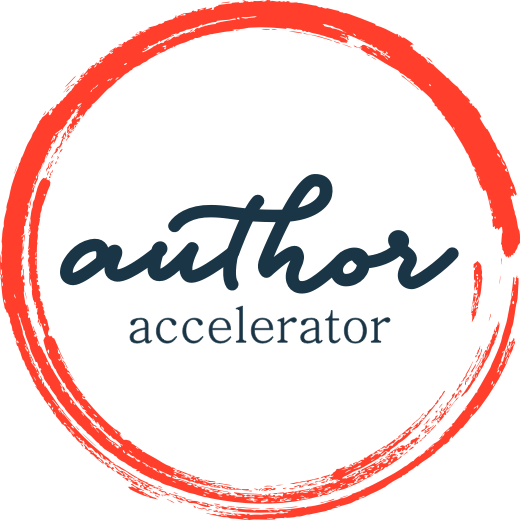Back to Basics: How Parenting Is A Lot Like Book Coaching
Today’s blog post comes to us from Author Accelerator certified book coach Sam Cameron.
Sam Cameron
Certified book coach
Many children have a remarkable sense of story.
Talk to a kindergartener some time and you’ll see what I mean. In case you don’t have any elementary-age kids available to spin yarns with you, here’s a synopsis of one that I illustrated with highlighter and dictated to my mom:
A little girl’s parents take her to get a haircut. She doesn't want to get her haircut because she likes having long hair and she worries that she'll be stuck with short hair forever. Her mom and the hairdresser assure her it will grow back. The girl gets her haircut, freaking out the whole time, but then, after the haircut is over, she looks in the mirror and discovers she likes her short haircut and is happy she got it. The end.
It's not going to win the Pulitzer for Kindergarten Literature, but it’s clear that my six-year-old brain had already internalized the key building blocks of story. Let’s deconstruct my deceptively simple magnum opus and see what makes it tick:
It has a hero. There is clearly a person that this story is about: a little girl with long hair.
The hero wants something. She wants to keep her long hair.
There is a force of opposition. Her parents insist she must get her hair cut.
There is an emotional undercurrent. All great stories have an external part (the plot) and an internal part (the emotional journey of the hero). On the surface, this is a story about a girl who goes to get her haircut. But underneath that, it’s not really about the haircut. The girl isn’t resistant to getting her haircut because she loves long hair: it’s because she’s scared of change. (Incidentally, I haven’t evolved much since 1998 and most of my stories still center around the theme of learning to accept change.)
The hero changes. She gets the haircut and learns that change isn’t so scary — it can actually be good!
If you’re like me, your stories have become more complicated as you get older and may have strayed from this simple — but effective — story structure.
o, the next time you are stuck in the planning or revision phases of your novel, ripping out your hair because you just can’t get a handle on the thing, borrow this trick from Kindergarten You (and the geniuses at Pixar).
Tell yourself the story as if you are a child. Use this fill-in-the-blank template to help you:
Once there was__. [Introduce your hero.]
Every day __. [Show us the hero’s status quo world before the adventure starts.]
One day__. [What changed that sent the hero on their quest?]
Because of that___. [What did the hero do in response to that change?]
Because of that_. [What happened as a consequence of the hero’s actions? You may need a few more “Because of that…” to capture the full sweep of your story.]
Until finally__. [What did the hero do that both solved the external problem and solved their internal problem?]
Every day since that day___. [Show how the hero has changed.]
If you can't encapsulate your story in that formula, you might be missing some of the above-mentioned core story elements. Noodle around with the fill-in-the-blank method for a while, and you may find the pieces that have been missing from your novel. If you’re still stuck, here are my favorite resources for developing a story with both a killer plot, and an emotional core:
Story Genius by Lisa Cron
Blueprint for a Book by Jennie Nash
Save the Cat! Writes a Novel by Jessica Brody
Or, if all that seems too hard, you could just hire your seven-year-old niece to write the novel for you!
Sam Cameron has spent the last decade as a writing tutor and high school history teacher helping teenagers find their voice and discover the world around them. In 2021, she learned about Author Accelerator’s Book Coach Certification program and decided to become a book coach for YA. “Coaching YA authors is the perfect marriage between my love of story, my passion for teaching, and my firm belief that all teens deserve to see themselves represented in great books!” Learn more about her book coaching services on her website.

